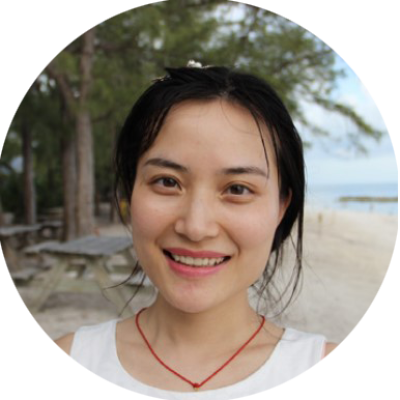
Yingchao Xue
Uniquely among mammalian organs, skin is capable of dramatic size change in adults, making it ideal for studying size control mechanisms and regenerative medicine. The remarkable capacity of adult skin to grow under constant stretch is utilized clinically for reconstructive purposes in a process named tissue expansion, yet the mechanisms are unclear. In an established tissue expansion model in mice, we found that stretch preferentially activates Lgr6+ skin stem cells for skin growth through YAP. By using microarray and single-cell RNA sequencing, we uncovered additional changes in mechanosensitive and metabolic pathways underlying growth control in the skin.
This collaborative study between the laboratories of Luis Garza and Sashank Reddy sought to understand the cellular and molecular mechanisms underlying stretch-induced skin regeneration. Our discoveries provide insight into designing future therapies to enhance skin growth for conditions of excess or inadequate skin. Furthermore, the findings here establish a platform for understanding the size dynamics of organs in adult mammals.
Questions & Answers
Why did you choose Johns Hopkins for your work? Hopkins is a great place to study. What does receiving this award mean to you personally and professionally? Do you have any connection with the particular award you received? Personally, it’s thrilling that the professionals of the YIDP committee recognized our work. Meanwhile, I believe this award will help my professional growth. I am deeply grateful to receive the Claude & Barbara Migeon Award — it dramatically inspires my future work. What contributed to your project’s success? (Special skills, interests, opportunities, guidance, etc.) Many things led to the current achievement of my project. The most important things are: First, the guidance from my PIs and the support from the Department of Dermatology and collaborations with other labs are essential. My adviser, Dr. Luis Garza, and my collaborating adviser, Dr. Sashank Reddy, are intelligent and dedicated and always give me their best suggestions. Dr. Reddy started this project by combining his experiences of clinical tissue expansion surgery and his scientific training in skin regeneration. Our chairman of the Department of Dermatology, Dr. Sewon Kang, has always supported my work and future career development. Our collaborators in Dr. Denis Wirtz’s lab performed outstanding computational 3D skin reconstruction. Moreover, our students and all the team members of this project contributed many endeavors to make progressions. Second, the environment in the Garza lab is relaxed and aspirant, making our work run smoothly. Our neighbors from Dr. Nate Archer’s lab are kind and generous in sharing equipment and space with us. Dr. Garza is brilliant, tolerant and efficient — he is a great model for lab folks. Besides being a dermatologist and a scientist, he is also a gifted painting artist. His spirit of never stopping learning inspires my changes in work and life. Lastly, my interest in research and the support from my family energize me. What thoughts do you have about Young Investigators’ Day itself, as a celebration of the roles students and fellows play in research at Hopkins? The Young Investigators’ Day Program promotes communications between research labs. Also, it inspires trainees’ confidence in research. What has been your best/most memorable experience while at Hopkins? People here at Hopkins are intelligent and hard working. You can always learn something from the colleagues around you. What are your plans over the next year or so? Graduating, looking for faculty positions, etc.? I will look for faculty positions as long as my interest in science continues. Tell me something interesting about yourself that makes you unique. Do you have any special hobbies, interests or life experiences? My fiancé and I like hiking, exploring new parks and trying new foods.